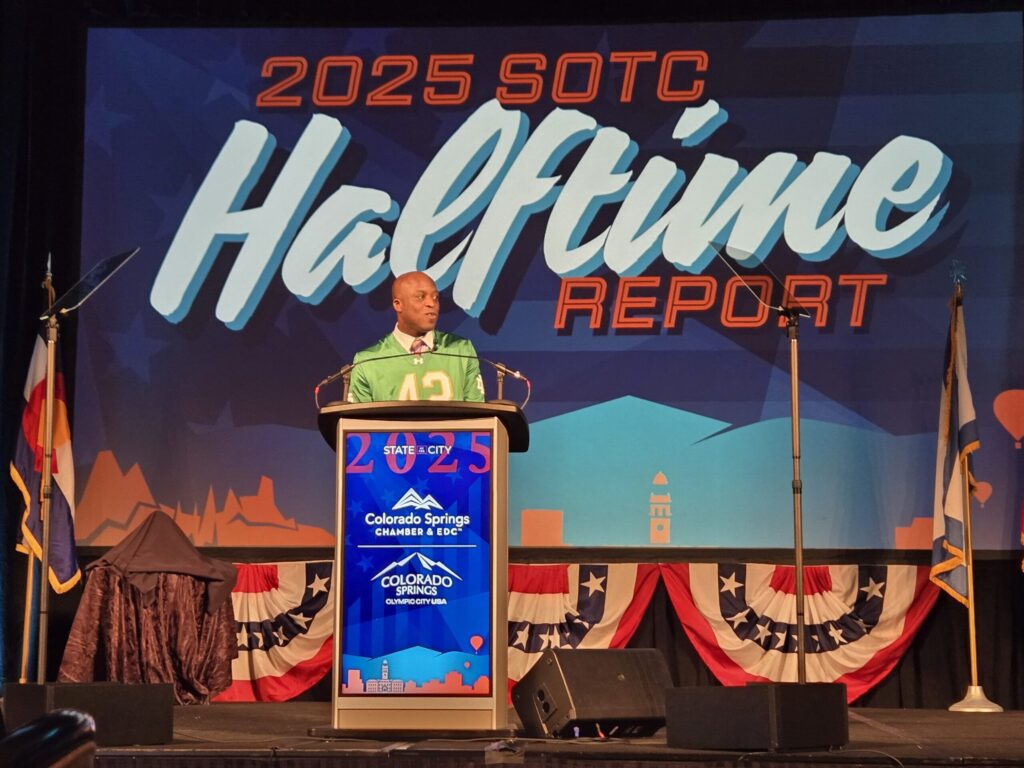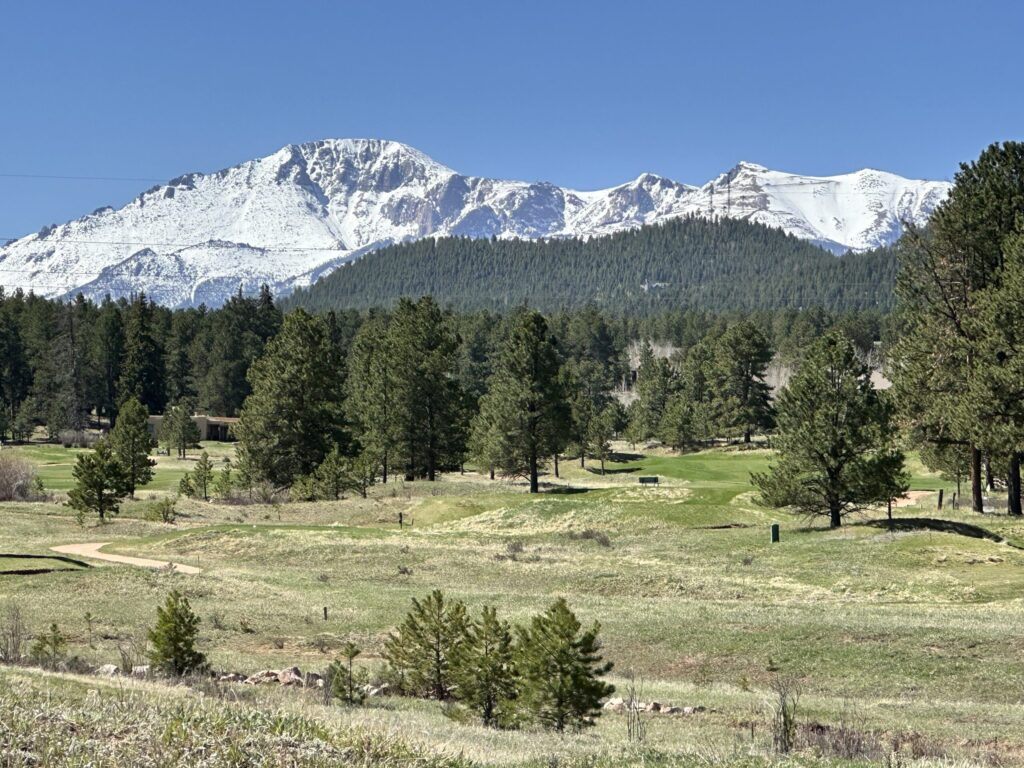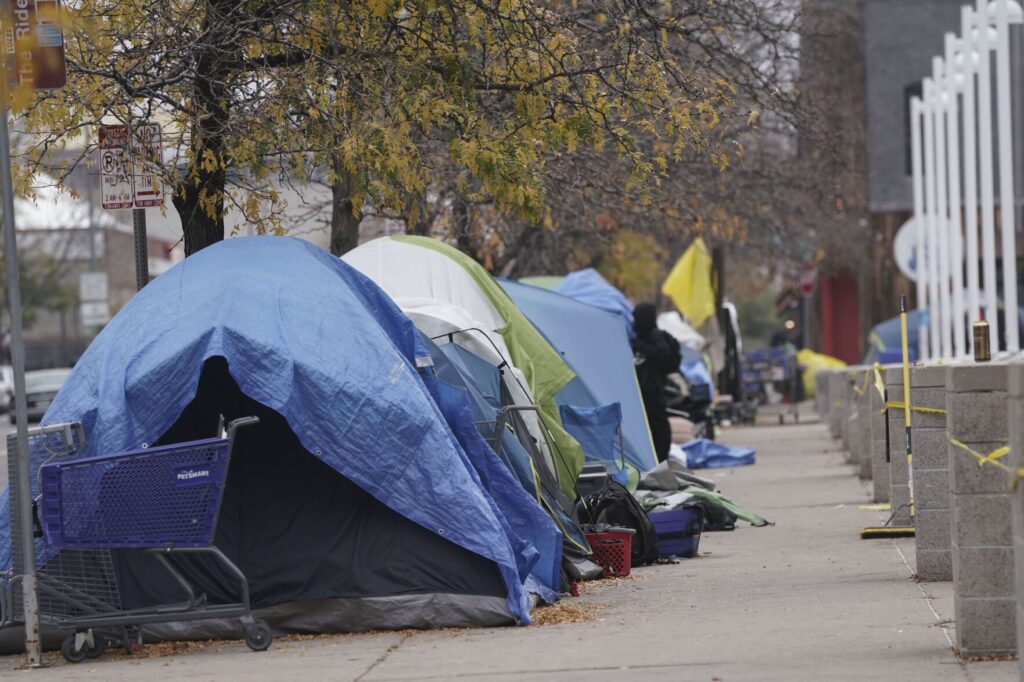Colorado Springs City Council passes new rules for ADUs amid flurry of final changes
If a good compromise leaves everyone involved a little dissatisfied, then Colorado Springs may have landed on good updates to the city rules around accessory dwelling units.
The Colorado Springs City Council voted 5-3 to pass the new rules during the first reading at Tuesday’s council meeting. The ordinance will determine where and how homeowners can add small secondary housing units to their lot to live near family members or to rent.
The new city rules have more caveats and restrictions than state lawmakers intended when the legislature passed a bill last year to force Colorado’s major cities to expand where the units are permitted. The ordinance meets most, but not all, of the demands homeowners associations and neighborhood groups have asked for over the past five months.
Wildfire areas remain a concern as Colorado Springs City Council updates ADU rules
“I have constituents in this space right now who are very supportive of this and some who initially were very, very against it. To me, this is an example of how we work together with government,” council member Nancy Henjum said.
The ordinance was opposed by council members Lynette Crow-Iverson, Dave Donelson and Mike O’Malley. Donelson and O’Malley both asked for city staff to provide better estimates for how many units might actually be built with the expanded rules and how it would affect the city infrastructure.
The ordinance would permit one attached or detached unit to be built per lot in all residential zones of the city, which expands them into single-family neighborhoods. Only homeowners who live at the current address would be eligible to apply to build and ADU.
The size of ADUs is limited to half the square footage of the original home or 1,250 square feet, whichever is smaller, and their height is capped at 16 feet. The units will also have to meet other standards for where they can be built in the lot, including setbacks from neighboring homes.
Colorado Springs will challenge state law on accessory dwelling units | Cronin and Loevy
Sixty ADUs were built in Colorado Springs by the end of 2024 under the current rules. Citizen estimates at the meeting varied wildly on how much this would increase, ranging from an modest boost because of construction costs to tens of thousands of applications over time.
Jill Gaebler, executive director of the Pikes Peak Housing Network, was on the City Council when Colorado Springs first passed an ADU ordinance in 2020. Gaebler told the council Tuesday that incremental expansion of what is allowed made sense.
“Allowing these folks to make their own decisions about whether they want to spend the extra money to build an accessory dwelling unit should be their decision, not the government’s,” Gaebler said.
The strictest limits on the new units will be in the Wildland Urban Interface on the western side of the city, which will only allow units that are integrated into the existing home and do not add any new square footage. The limit was intended to meet requests from west-side residents to prevent more structures from adding to the area’s density and fire risk.
During the meeting, city staff walked back a proposal to enact that limit using the “Wildfire Resiliency Area,” which is a new region defined and overseen by the city fire marshal. The area currently has the exact same boundaries as the Wildland Urban Interface overlay.
Planning commission review would allow one accessory dwelling unit per lot in Colorado Springs
Planning manager Kevin Walker asked the council to go with the local definition because state boards were working on reviews and updates to the WUI definitions that would change the shape of the interface in the city.
Council members opted to stick with the WUI definition to avoid adding confusion over a new term. Several of the public comments raised concerns that the area could be arbitrarily shrunk or moved if it was not defined well.
“It’s council’s job to manage and make sure our neighborhoods evolve in a positive way, not the fire marshal’s. He should make the recommendation. You guys should engage and determine if it’s a good idea,” west-side resident Alan Strass said.
Two board members from the Historic Neighborhoods Partnership said they were grateful for all the modifications staff had made to the ordinance based on their requests. The group’s biggest remaining question Tuesday had been the definition for the Wildfire Resiliency Area.
The council passed one other late change to clarify that each ADU would be required to provide an additional off-street parking space.
Decision on ADUs in Colorado Springs postponed
Donelson made two last-minute proposals to the council, first asking to table to vote until likely after the City Council election to get a staff presentation. Donelson then proposed an amendment that the property owner would always have to live in one of the units, instead of only when applying for the permit, which he argued would limit developer interest.
“I think it makes perfect sense that this will be less impactful for neighborhoods if a property owner has to reside in one of the two residences versus having two rental properties, Donelson said.
Both of his motions were rejected 3-5 with support from Crow-Iverson and O’Malley. The ordinance will receive a second reading and vote at the April 8 council meeting before it takes effect.











